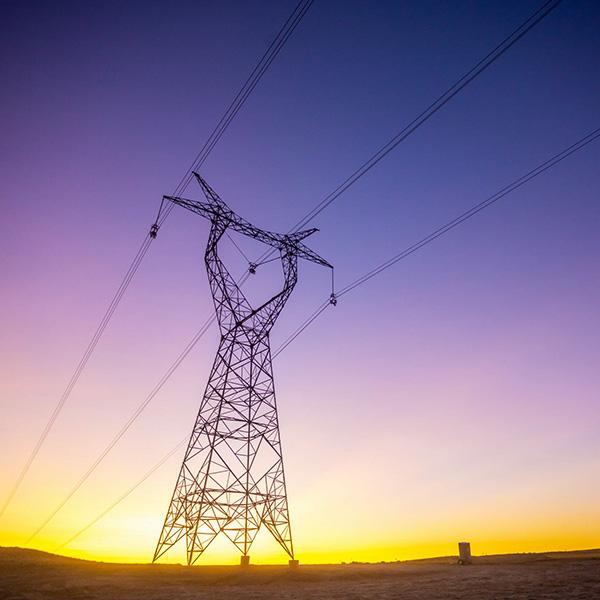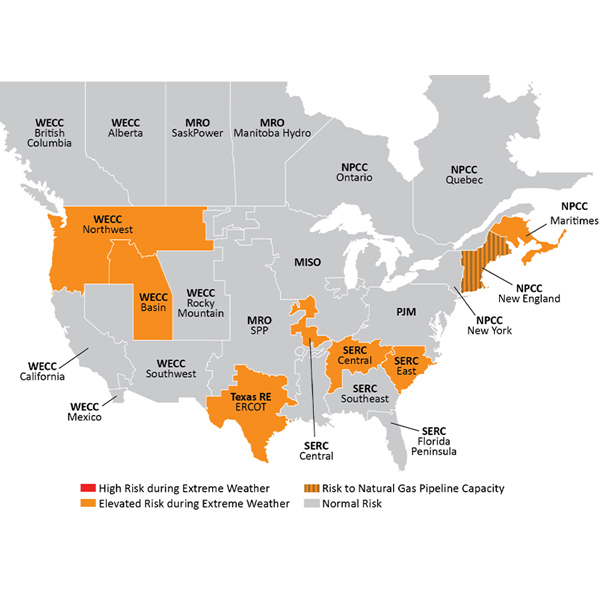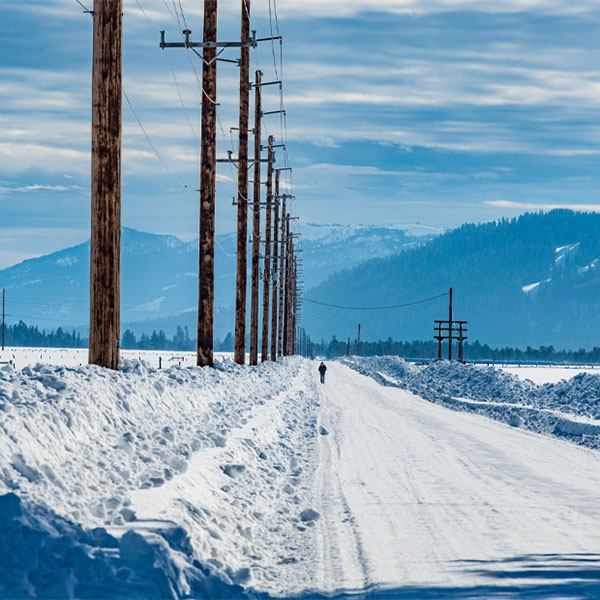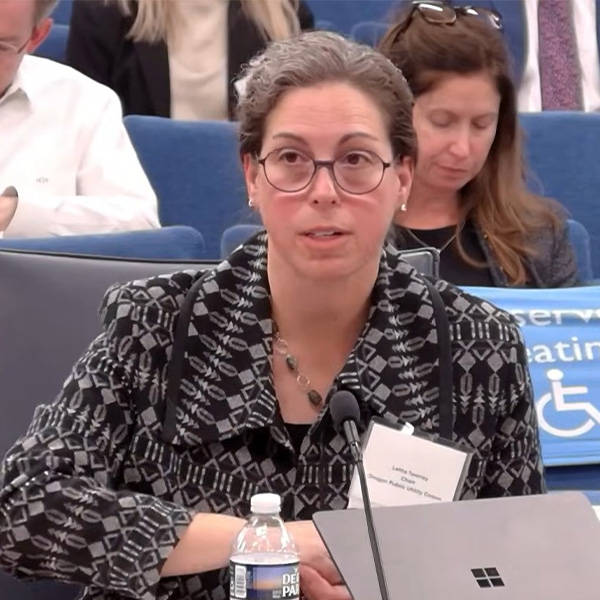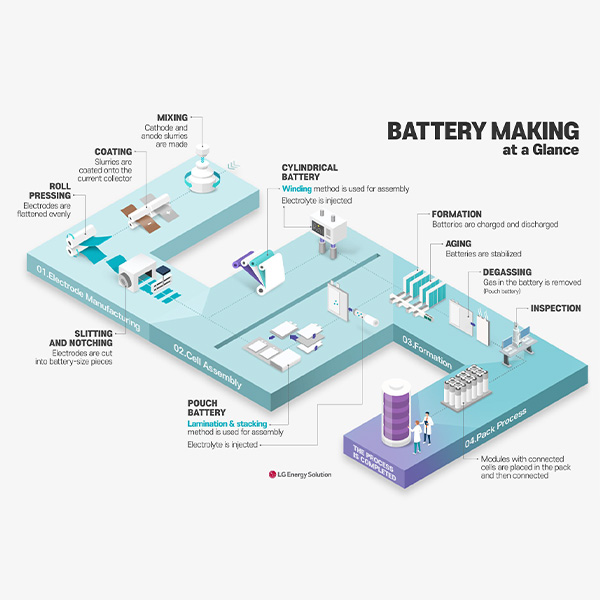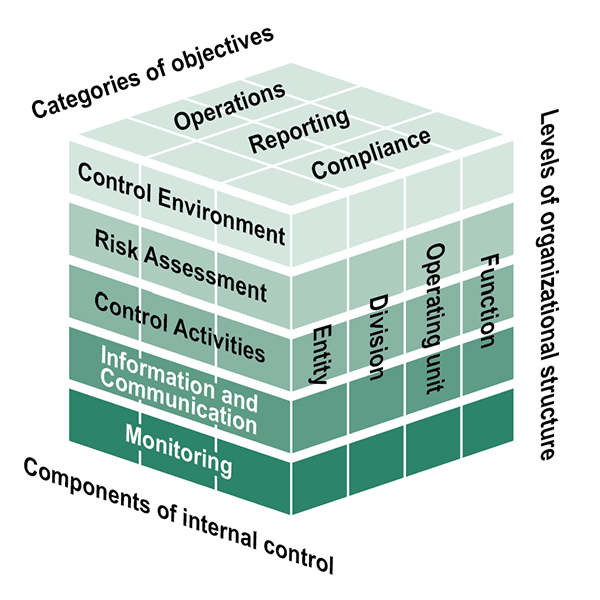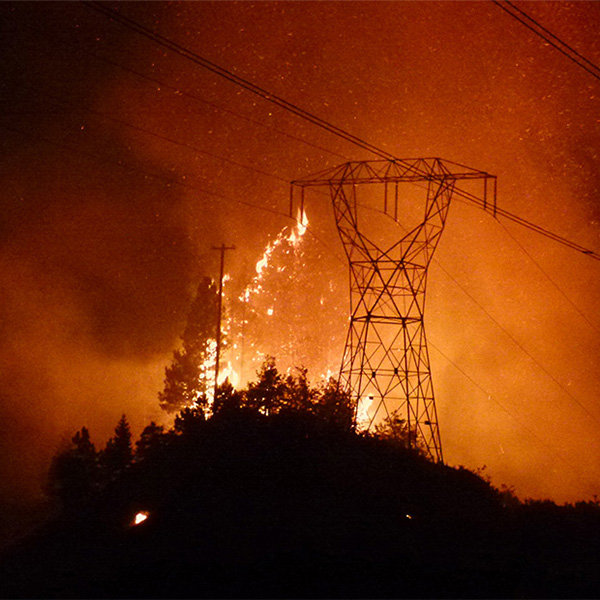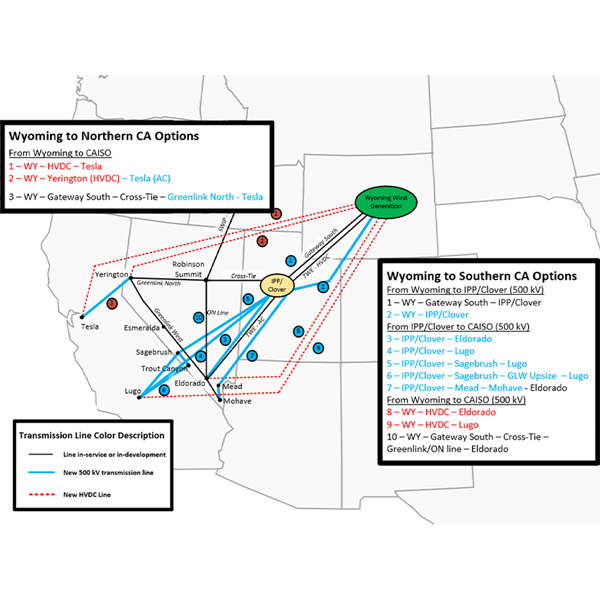Western Electricity Coordinating Council (WECC)
CAISO and SPP have made “significant progress” on adapting existing tools to tackle seams between the two entities’ respective day-ahead markets, according to a CAISO representative.
Rising electricity demand is adding to seasonal reliability risks this winter as supply has not kept pace with consumption in many regions, NERC reported in its Winter Reliability Assessment.
WECC expects two regions to be under elevated risk as the West heads into the winter, with staff saying a prolonged weather event could impact operating reserves.
Oregon Public Utility Commission Chair Letha Tawney called for a less punitive data-sharing regime around wildfires, saying that liability fears impede the industry from understanding the root causes of fires.
FERC approved a $350,000 penalty against the electric utility of Los Angeles for allegedly submitting misleading information to WECC.
The California Energy Commission approved a $28 million grant to Electrochemistry Foundry for the development of a battery fabrication and testing facility in Hayward.
Members of the ERO's Internal Controls Task Force shared the group's progress toward creating a systemwide approach to internal controls audits.
Coordination between the gas and electric industries is becoming increasingly crucial to meet demand and to tackle extreme weather events, panelists participating in a WECC webinar argued.
As large swaths of the West continue to explore ways to mitigate wildfire risk, utilities say information sharing and new technologies allow them to implement targeted public safety power shutoffs.
Out-of-state wind integration, merchant transmission development and the WestTEC planning effort are all factors influencing CAISO’s interregional transmission planning.
Want more? Advanced Search
